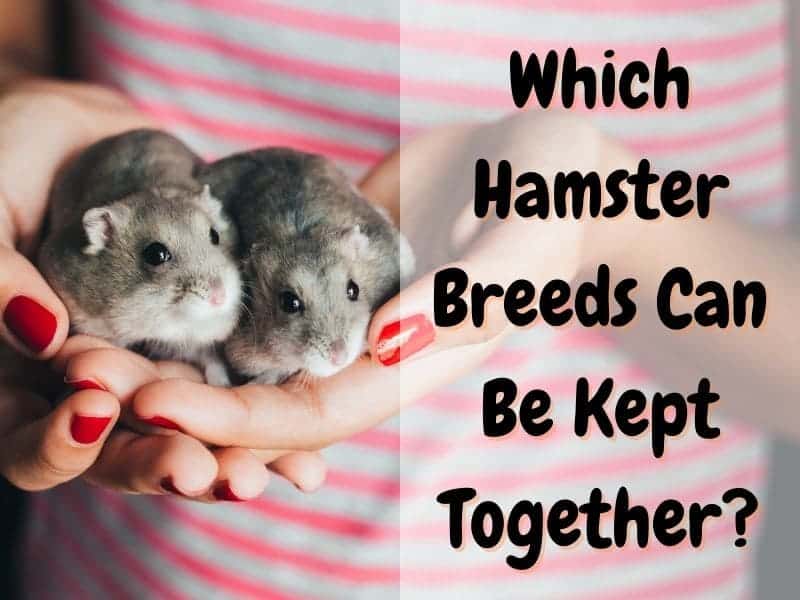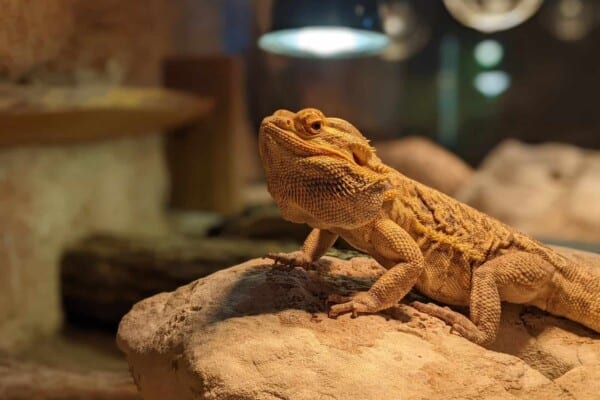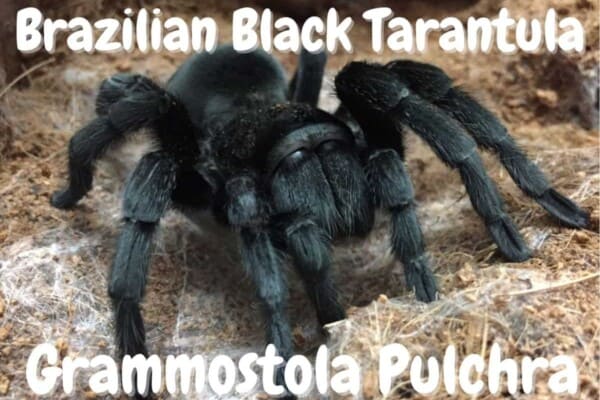As humans, we often do not like being in isolation, so we tend to assume that other species would not like it either. Because of this, if you are getting a pet hamster, you might feel tempted to get two or even more so that they have friends and can be social. But is that really a good idea for your hamster’s well-being?
The truth is that it does depend on the species and temperament of your species. While dwarf hamsters can do perfectly fine living in groups, Syrian hamsters must be kept on their own. And even some dwarf hamsters will get territorial and aggressive with each other. In this article, we will explore this topic a little more by taking a look at each specific hamster species and some overarching tips and tricks for successfully housing hamsters together.
Can Syrian Hamsters Live Together?
When most people think about hamsters, what they are picturing is a Syrian hamster (also called Golden Hamster). Syrian hamsters are the larger of the hamster species, and they tend to be solitary in nature. Because of this, it is important to only put just one Syrian hamster in an enclosure. Even in the wild, Syrian hamsters typically only meet up with each other to mate, and then they go their separate ways.
However, Syrian hamsters make really great pets and get along great with humans even though they do not necessarily work well with each other. Syrian hamsters can even do well being handled after several days without being handled. All of this to say, while Syrian hamsters do not do well sharing their enclosure, they are super friendly creatures.
Can Chinese Hamsters Live Together?
The Chinese hamster or the Chinese dwarf hamster can do fine living in the same cage in pairs or small groups; however, it does depend a lot on the individual hamster. If you can get several hamsters from the same litter that is used to sharing a space, you are going to have the most luck. However, you should be on the watch for any signs of fighting, even if they come from the same litter. It really does depend on their personalities.
Can Dwarf Winter White Hamsters Live Together?
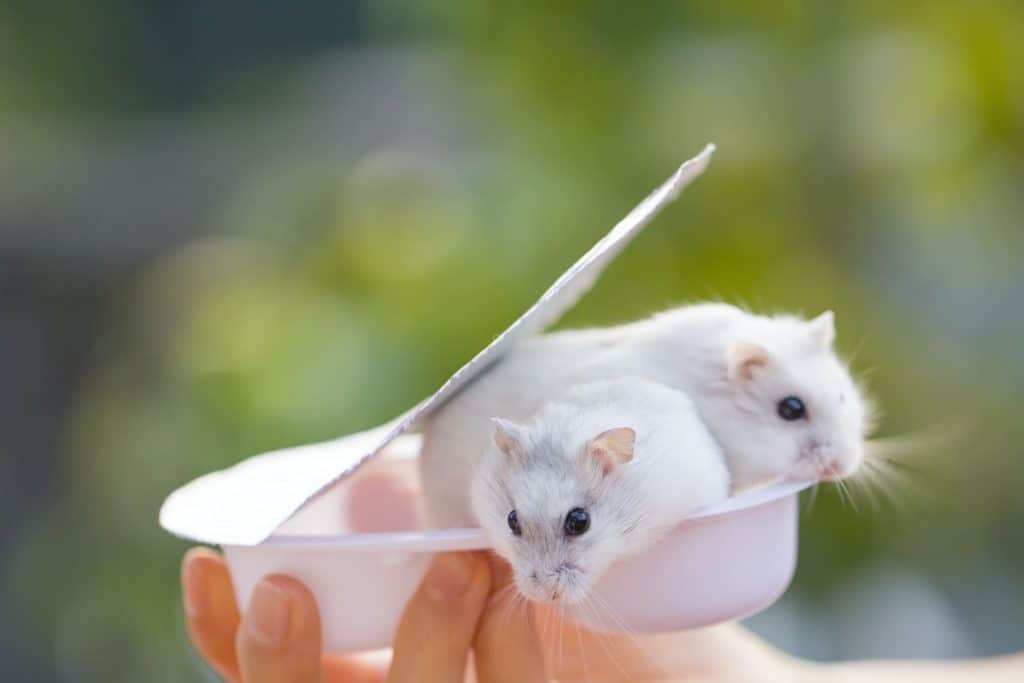
If you are looking for a cute, small breed of hamster, this breed might be the best option for you. Winter white dwarf hamsters can live together in same-sex pairings, or you may even be able to keep them in small groups if you have a large enough cage.
However, it can be a toss-up with this breed. That means that while some winter white dwarf hamsters do great living in groups for their whole lives, others do much better in solitary. This means that you are going to want to keep a close eye on any winter white hamsters that you have sharing an enclosure. Be on the lookout for signs of bullying or fighting and have a second enclosure ready in case you end up needing to separate them.
Can Dwaft Roborovski Hamsters Live Together?
The Roborovoski hamster (also referred to as the Robo hamster) only reaches about 7 cm in length. They are one of the most sociable hamster breeds, so if you are really hoping to keep several in one enclosure, you definitely want to consider starting with this breed. However, they can be difficult to handle because they are extremely active. They will not want to be held or played with for very long.
Nevertheless, it is important to understand that with even the sociable Robo hamsters, there is always a chance that two hamsters or a small group of hamsters will not work well together. If you are looking for a breed of animal that you know will do really well together, check out the later section titled “What Small pets Can Live Together?”
How Many Dwarf Hamsters Can Live Together?
For the most part, dwarf hamsters can live in small groups of up to about 4 or 5 hamsters if you get a group that is particularly sociable and gets along well without lots of fighting and aggression. However, if you want this many hamsters at one time, you are going to want to get them all at once, at a young age. If you get several hamsters now and try to introduce one later, you run the risk of the hamsters not being welcoming to the new group member.
What Precautions Should Be Taken When When Keeping More Than One Hamster?
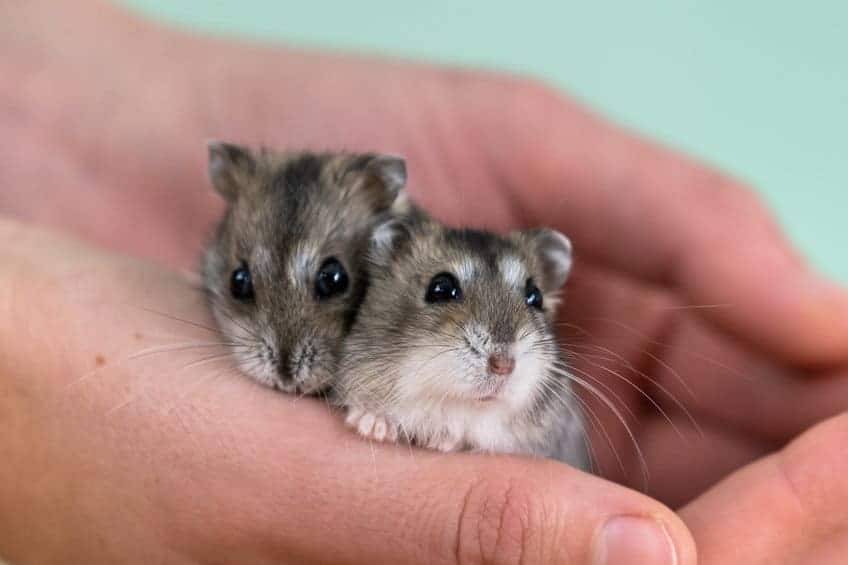
1. Introduce them When They Are Young
When hamsters grow into adulthood, they become significantly more territorial, so pretty much any time you introduce two or more adult hamsters, they are going to fight. Because of this, it is best to introduce young hamsters to each other if you want them to share one enclosure. This means that they will grow up already used to sharing the space with each other, so they should end up feeling a lot less territorial.
2. Be Aware of The Genders
If you are mating hamsters, there are times when you will have a male and a female hamster in the same enclosure. However, if you are not a breeder, you are only ever going to want to put hamsters of the same sex in an enclosure together. This is because hamsters, especially female hamsters, are more likely to be aggressive with hamsters of the opposite sex.
3. Provide Multiple Feeding Spots
If hamsters feel like their resources are scarce, their natural instincts will kick in, and they may become more aggressive toward each other. By providing several spots inside the cage where they can get food and water (at least one per hamster would be best), they are much less likely to start fights over resources.
4. Keep An Eye On Their Behavior
Even hamsters that have been living together their whole life could start to get more territorial or irritable as they get older. For this reason, you should always keep an eye on how your hamsters are behaving toward each other. If they start to harass each other, fight, or prevent each other from getting to the food, you are going to want to separate them.
For this reason, you will want to have a backup enclosure at least partially ready in case you ever need to separate them. After a week or two, you can try to reintroduce them if you want, but if they are still not getting along, you will need to move them into separate enclosures permanently.
How Big Should A Cage Be For Several Hamsters?
As a general rule, the more space that you can provide your hamsters with, the less likely it is that they will fight. Additionally, while hamsters are very small creatures, they are actually very active and need a good bit of space to explore and play.
For your dwarf hamsters to be happy, you are generally going to start with at least 700 square inches of space for one hamster and then add a minimum of 50 square inches per additional hamster. That means for two hamsters, you are going to need 750 square inches. For three, you are going to need 800 square inches, etc.
It is also not recommended that you keep multiple dwarf hamsters in a cage with levels even though you may feel like it offers them more space. This is because one hamster might “claim” a certain level as theirs and become aggressive if other hamsters try to enter or go through it.
Can Dwarf Hamsters Live Alone?
Yes, pretty much all dwarf hamsters will be happy living on their own, even if they would also do fine living in a group. This is because hamsters tend not to be particularly social creatures and often live on their own, even in the wild. Unlike some other animals that you almost have to get multiple at once to care for their needs properly, you can feel perfectly fine just starting out with one hamster.
However, if you decide to start out with just one dwarf hamster and decide that you want to get another, later on, you are going to have to have space for multiple enclosures. They do not typically do well sharing an enclosure when introduced as adults because they are fairly territorial animals.
Can Different Breeds of Hamsters Live Together?
When looking at two different dwarf hamster species, it can seem like they are similar enough in size and appearance that they could be housed happily in one enclosure. While there may be a few people who have had success with this, it is almost never recommended. This is because while two dwarf species may look similar, they often have vastly different temperaments, and some take a lot better to sharing enclosure space than others. If you are going to try to get several hamsters together, it is best to stick with same-species pairings.
You should also never stick a Syrian hamster in the same enclosure as a dwarf hamster. Syrian hamsters do not do well sharing their space with other animals, and because they are so much larger than most dwarf hamsters, they could end up seriously hurting your other hamsters.
What Other Small Pets Can Live Together?
- Rats: You can house multiple rats together; however, just like hamsters, you should have them living together from a young age. In fact, it would really be best if you could get rats from the same litter. You also want to keep them in same-sex groups to avoid any mating.
- Mice: There are so many different breeds of mice, so it does depend on the exact mouse breed, but many of them are actually happier living in groups than alone. For instance, fancy mice (the female sex only) love to live in groups. You can house them as pairs, trios, or small groups if you have enough space. It can be fun to watch them form friendships with each other.
- Gerbils: they are extremely social animals and actually should never be kept alone, or they could become depressed. They tend to be happiest in either same-sex pairs or small groups. Even in the wild, gerbils live in groups of anywhere from two to 15, and the groups tend to be made of gerbils of different ages and sexes.
- Guinea Pigs: As long as you have a big enough cage, housing multiple guinea pigs together will help meet their social needs and prevent loneliness. You do want to keep an eye on them as you first introduce them because every once in a while, you will get two guinea pigs that are not compatible.
- Sugar Gliders: They are actually considered colony animals and live in large groups. Because of this, they actually do best when living in groups of at least two or three. It is still best to keep the groups same-sex, though.
- Chinchillas: They are also naturally social animals that live in groups in the wild, so many breeders actually recommend that you keep them in same-sex groupings or pairings. There are even breeders that will only sell you chinchillas in pairs.
- Ferrets: They are pretty flexible animals, so you can keep them on their own or in pairs. However, if you keep a busier schedule and will be unable to spend a lot of time with your ferret, it is best to keep them in at least pairs.
- Degus: In the wild, they actually live in colonies of up to 100 animals! Because of this, in captivity, it is great to keep them in groups, and they can actually become depressed if left on their own for too long. As long as you have a big enough enclosure, you can keep them in groups of up to 6.
- Hedgehogs: The recommendation for hedgehogs is generally one hedgehog per enclosure; however, it is possible for female hedgehogs to live together in pairs happily. On the other hand, males and females should never be put together even for short play sessions as they could start fighting.
Related articles
References and Further Reading
- An ethological approach to housing requirements of golden hamsters, Mongolian gerbils and fat sand rats in the laboratory, D.B.Sørensen, T.Krohn, H.N.Hansen, J.L.Ottesen, A.K.Hansen
- Social dominance determines estrous entrainment among female hamsters, Gail Handelmann, Richard Ravizza, William JRay
- Hamsters, Wikipedia
Contents
- Can Syrian Hamsters Live Together?
- Can Chinese Hamsters Live Together?
- Can Dwarf Winter White Hamsters Live Together?
- Can Dwaft Roborovski Hamsters Live Together?
- How Many Dwarf Hamsters Can Live Together?
- What Precautions Should Be Taken When When Keeping More Than One Hamster?
- How Big Should A Cage Be For Several Hamsters?
- Can Dwarf Hamsters Live Alone?
- Can Different Breeds of Hamsters Live Together?
- What Other Small Pets Can Live Together?

